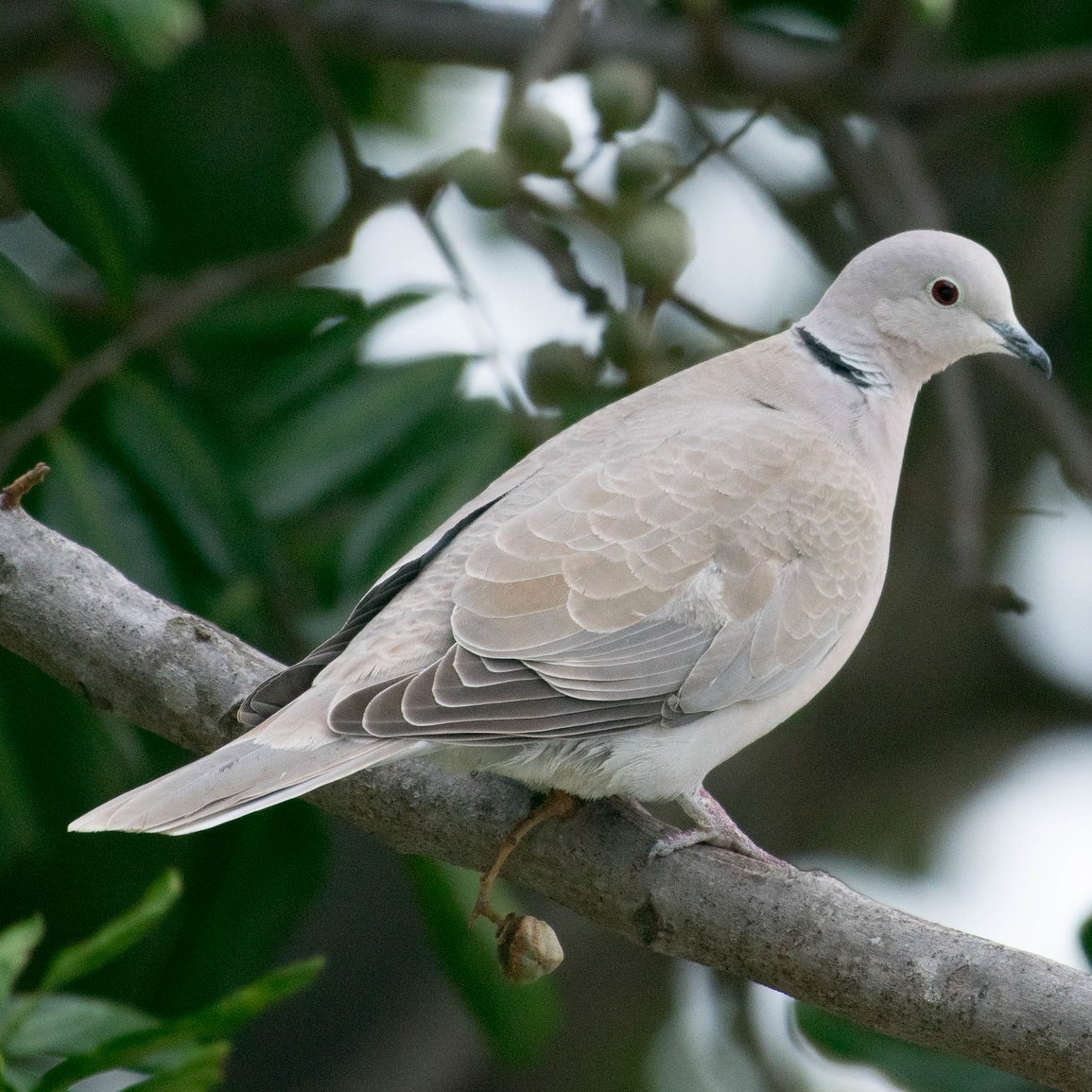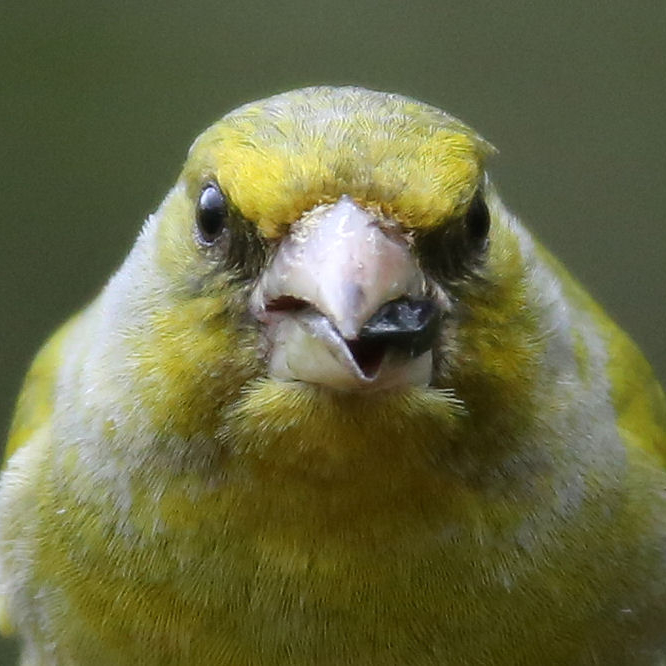
For Twilight with the Museums this year, the Museum of Zoology worked with other Museums across Cambridge to develop a digital sleepover – activities that families could do together at home inspired by the Museums’ collections. As part of this, our Curator of Birds Dr Daniel Field and learning officer Dr Roz Wade ventured out early one morning in February to see which birds were out singing in Mill Road Cemetary. The answer: lots of birds were singing! Robins, song thrush, blue tits, great tits, collared doves… All of these were singing away. They also spotted some slightly more unusual species: tiny coal tits in the conifers, winter-visiting redwings, and stock doves checking out a nesting box high in the trees. Watch the film and find out more:
Here’s a little more information about some of the birds in the film.
Robin, Erithacus rubecula

Both male and female robins have the characteristic red breast. And unlike many species, both males and females will sing through the winter, each of them defending a territory to make sure they have enough to eat. In the spring, the male will sing a fluting, tuneful song and aggressively defends its territory. Listen out for it around 2 minutes 5 seconds into the video. Robins are birds that are quite easy to spot. They are not particularly afraid of people, and will join you if you are digging in the garden, knowing that is a good way for them to sneak a meal of earthworms as you turn over the soil. Find out more about robins in our Wildlife from your Window post all about these feisty little birds.
Coal Tit, Periparus ater

This small bird has a smart plumage with a grey back, black cap and white patch on the back of the neck and cheek. Coal tits particularly like conifers, and their fine beaks make it easier for them to pluck seeds from pine cones to eat in winter. Their diet also include small insects and spiders. It has a song that is similar to a great tit’s ‘teacher-teacher’ call, but higher pitched and more slurred. You can listen to and compare them on the video (the great tit is about 2 minutes 20 seconds in, and the coal tit starts 4 minutes 18 seconds in). Find out more about coal tits and their relatives with our Wildlife from your Window post all about this family of birds.
Redwing, Turdus iliacus

This is the smallest species of thrush we see in the UK, and one you will only really see in the winter (although there are a very few pairs that breed in this country). Redwings arrive in the autumn to feed on the feast of berries in our hedgerows. They fly north again in spring to breed. Redwings get their name from the flash of red feathers beneath the wing, and they have a characteristic pale stripe above the eye which, with its small size, makes it easier to tell apart from our resident song thrush. See and find out more about redwings in the video, about 5 minutes 20 seconds in. Find out about some of our other winter visitors with this 12 Days of Winter Wildlife post.
Stock Dove, Columba oenas

This is a bird that rarely visits gardens or towns, being more likely to be seen in woodlands, parks and farmland. It looks quite like the feral pigeons you might see in a city, with its grey plumage and iridescant feathers on the back of the neck, but is slimmer than that species. They nest in holes, particularly in trees or buildings, but are known to nest in rabbit holes too. The stock doves spotted in Mill Road Cemetery seemed to be checking out the nesting box high in one of the conifers – that would make a good nesting site for them (see the video from about 6 minutes 28 seconds in).
Sparrowhawk, Accipiter nisus

Here’s a bird that the other birds in your garden probably don’t want to see. They certainly scattered when one flew overhead in the video (about 4 minutes 6 seconds in). Sparrowhawks are small birds of prey that catch other birds such as songbirds to eat. They have short wings and fast, agile flight perfectly adapted to hunting in confined spaces such as woodlands and gardens.
Collared Dove, Streptopelia decaocto

Collared doves have pale, pinky-grey feathers and a dark band around the neck that gives them their name. They feed on seeds and grains. Collared doves are not a native species, having arrived in the UK from the east and first breeding here in the 1950s. They can be recognised from their cooo-cooooo-cooo call (listen out for it about 20 seconds into the video, and again about 3 minutes 15 seconds in), although this is quite similar to the cooo-cooooo-cooo-coo-coo of a woodpigeon. Woodpigeons are much bigger and more common than collared doves in the UK. Want to find out more about woodpigeons? Check out this post all about this bird and its fascinating adaptations.
Greenfinch, Chloris chloris

As the name suggests, greenfinches are green. The male much more so than the female. They have a characteristic whirring song – listen out for it about 3 minutes 45 seconds into the video. Greenfinches are quite chunky birds as well compared with the more delicate goldfinches and chaffinches. They like woodland, but will come into gardens, particuarly if there is food provided. If you do feed the birds, it is important to clean the feeders regularly. Numbers of greenfinches have declined in recent years thanks to a disease called trichomonosis which can be spread between birds at garden feeding stations. Find out more about our finch species in this Wildlife from your Window post.
Song Thrush, Turdus philomelos

Song thrushes used to be a much more common sight and sound of our gardens. Its song is loud, mellow and repetitive – you can tell it apart from the song of a blackbird by its tendency to repeat short phrases usually three times. Listen out for the repeated song of the song thrush about 2 minutes 45 seconds into the video. Song thrushes like to eat earthworms, slugs and snails. To get at the squidgy snail animal, a song thrush will find a flat stone to bash their prey against to break open the shell.


Brilliant! Very helpful in identifying different birds song. I hear birdsong at about 4.00 am in suburban Bedford – before dawn. Is that because of street light pollution? My favourite birdsong is the great tit, which I have always thought sings ‘Dix-buoy’ or 18 in French😊 Lynda , 66 and a half😌
On Fri, 18 Feb 2022 at 09:00, Museum of Zoology Blog wrote:
> rcw30 posted: ” Great Tit For Twilight with the Museums this year, the > Museum of Zoology worked with other Museums across Cambridge to develop a > digital sleepover – activities that families could do together at home > inspired by the Museums’ collections. As part of th” >
LikeLike
Thank you for your message. We’re glad you enjoyed the post. In answer to your question: lots of songbirds will start perking up and singing in the predawn hours this time of year, so it is not necessarily the result of light pollution nearby. We hope you enjoy listening to them!
LikeLike